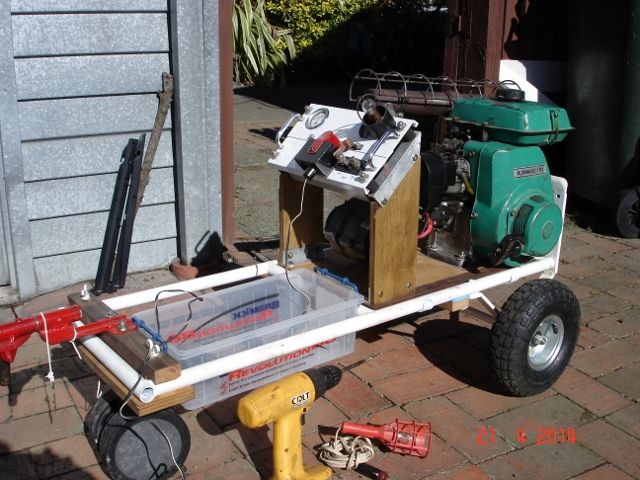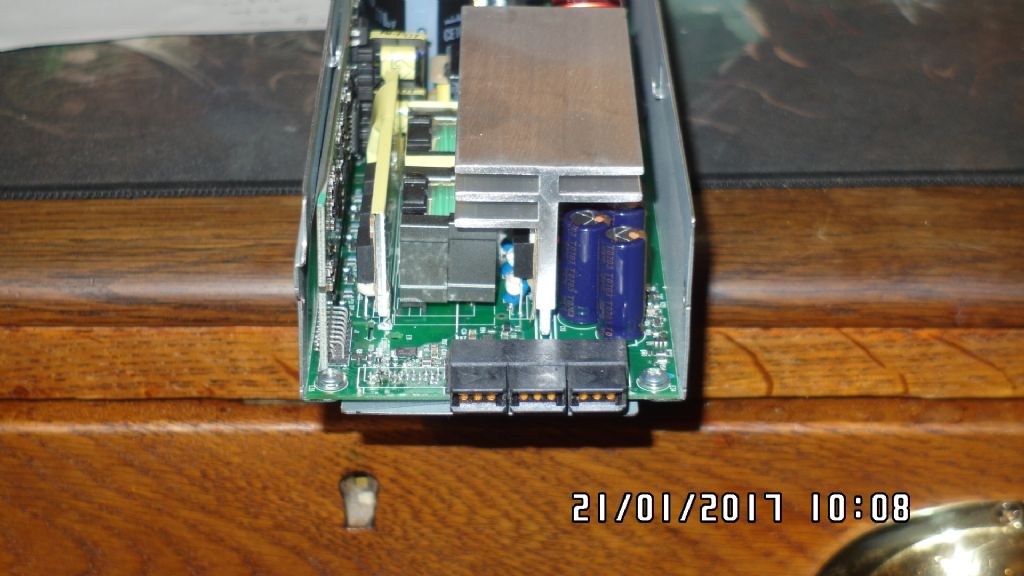I've rebuilt a few Bosch 14.4v NiCd battery packs using NiMh (the standard Bosch charger being compatible with both) They use sub-c cells, originally 2Ah, I fitted cells rated at 3Ah. With the drill costing around £250 in 2007 and battery packs from the manufacturer at around £90 a piece rebuilding was an economic proposition and a relatively sound idea around five years ago.
At £60+ for a couple of sets of cells, plus the time and effort involved you really have to have a drill that is worth keeping alive. Plastic cased rebranded plastic junk will remain just that. Old cordless drills from a quality manufacturer will probably have an all metal geartrain with decent bearings and even now reasonable spares availability for brushes etc. On the downside they are very significantly heavier to handle than todays Lithium powered offerings.
While the AA and AAA Sanyo (now Panasonic) Eneloop NiMh cells have very low self discharge, with large capacity NiMh cells used in power tools it remains a significant issue, and it's often higher than the equivalent NiCd. Leave the battery packs for a couple of months and they will be unusable until they are topped up, leave them too long or discharge too much in use and you run the risk of one or more cells failing and reducing the overall capacity and voltage of your pack. Such a conditon is unfixable without removal from the housing, individual cell voltage measurement and charging in situ.
A brand new Lithium Ion drill with two 3Ah batteries from a quality manufacturer is available around the £120 pricepoint, it'll be faster lighter and easier to use, with the benefit of instant use after a few months sat on the shelf.
The cell supplier I used was batteriesplus No connection etc
Bikepete.






